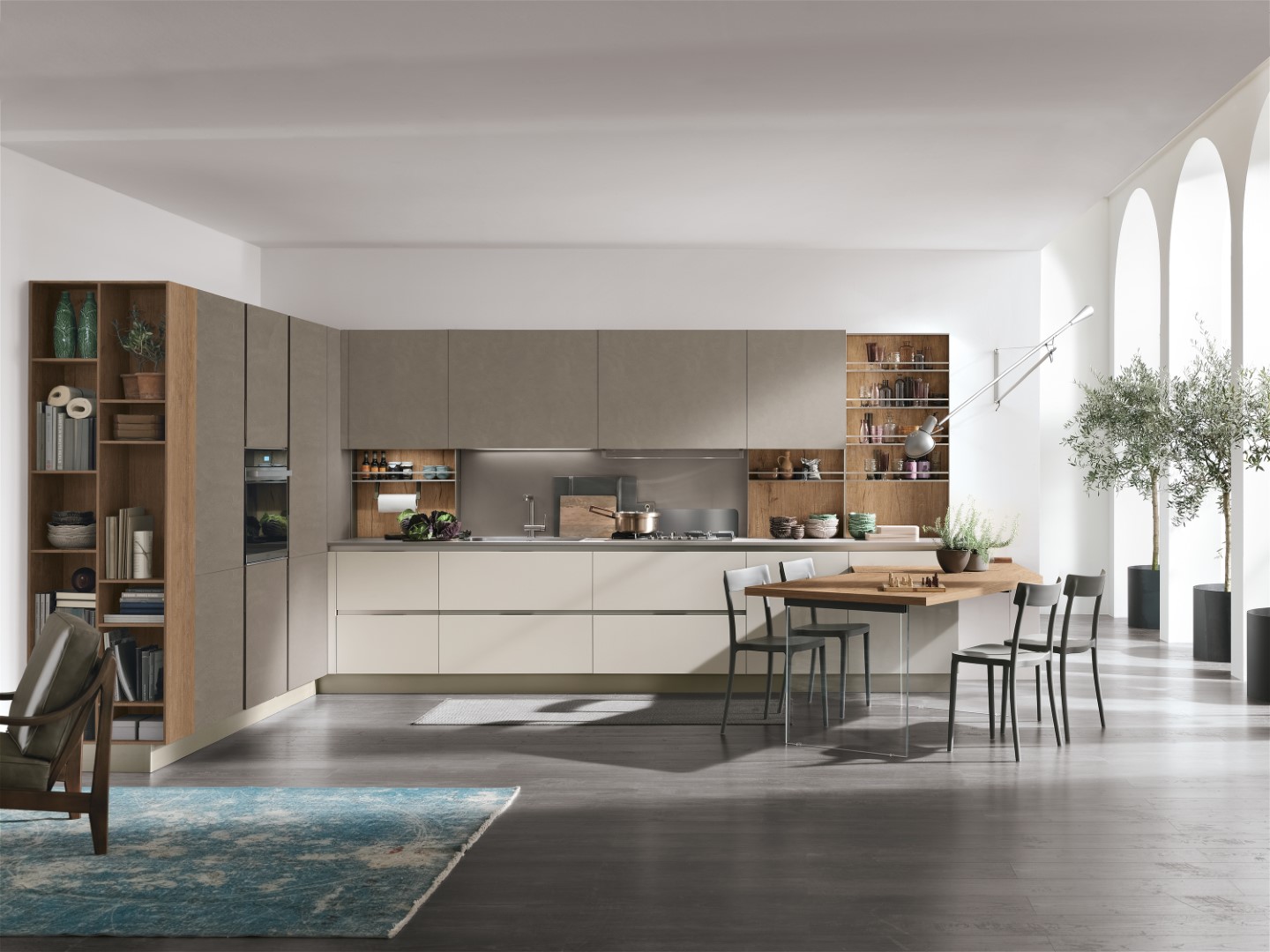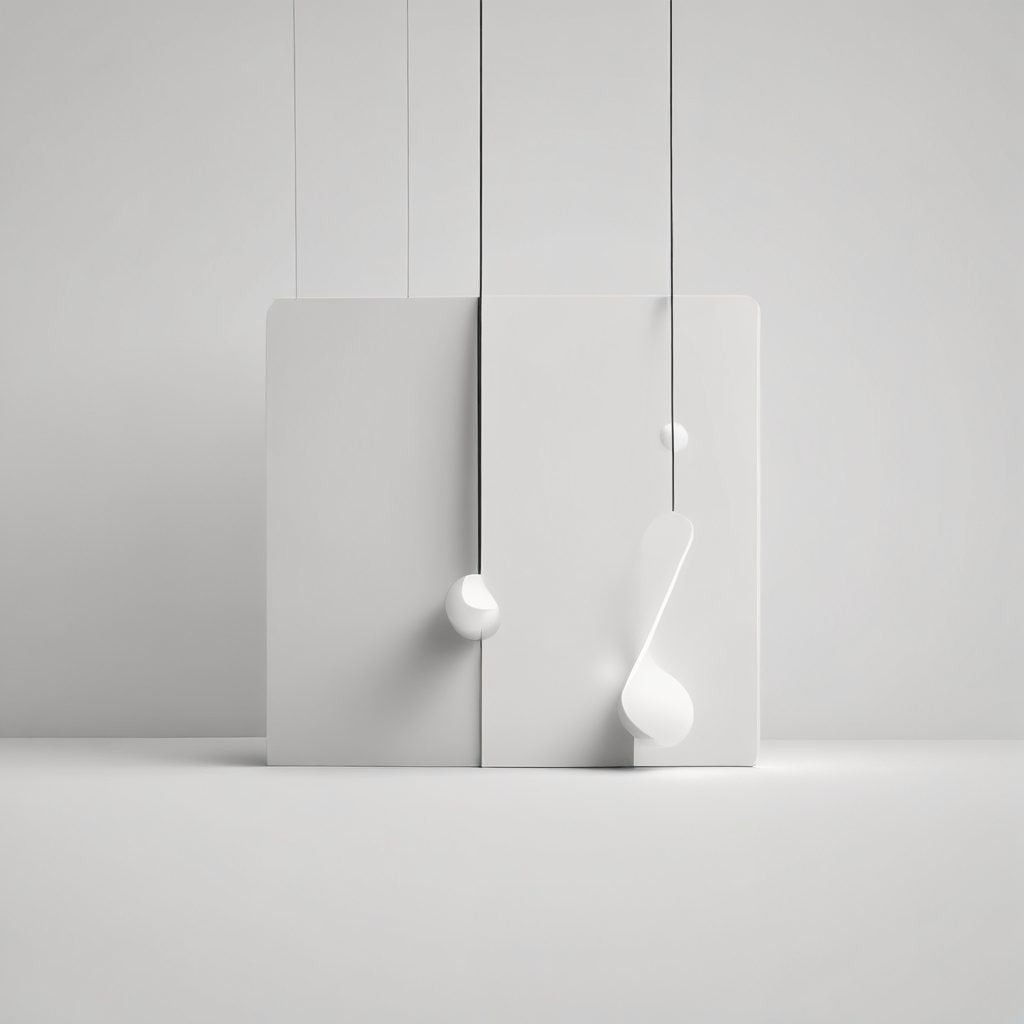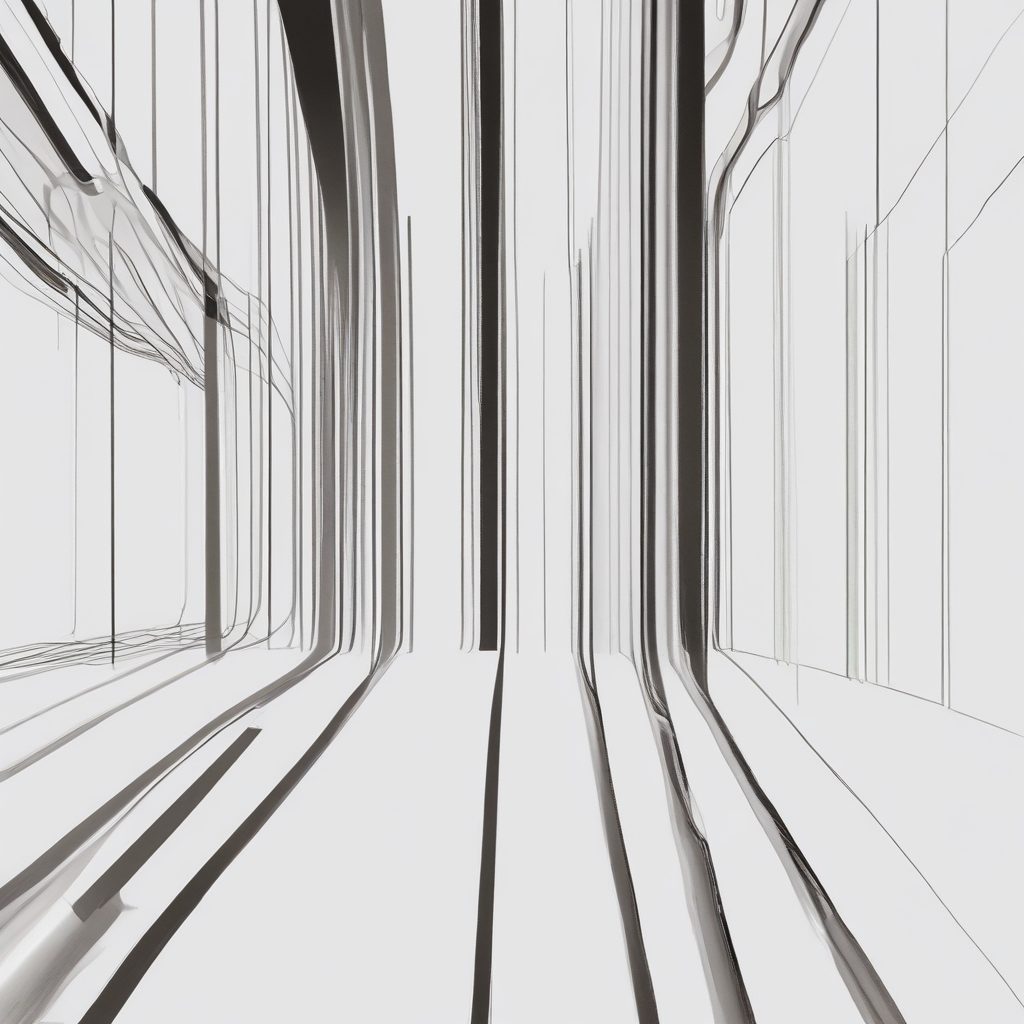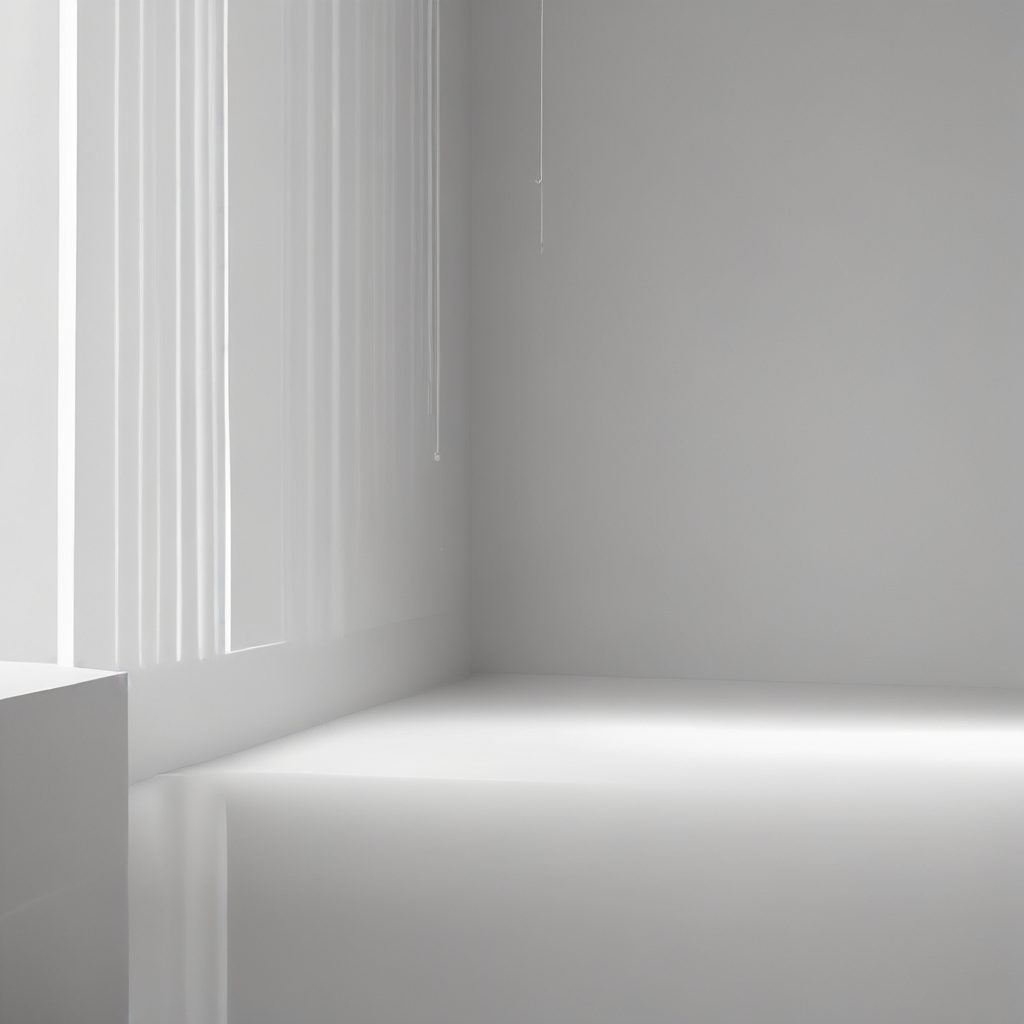
The Art of Mixing and Matching Cabinet Styles Like a Pro
In the world of interior design, the kitchen is often considered the heart of the home. It’s a space where functionality meets aesthetics, and one of the most impactful ways to enhance its appeal is through the art of mixing and matching cabinet styles. This approach not only adds visual interest but also allows for a personalized touch that reflects your unique taste. In this article, we’ll explore the nuances of combining different cabinet styles, offering insights and tips to help you achieve a cohesive and stylish look.
Understanding the Basics of Cabinet Styles
Before diving into the art of mixing and matching, it’s essential to understand the basic cabinet styles available. Cabinets can generally be categorized into traditional, contemporary, and transitional styles. Traditional cabinets often feature ornate details, raised panels, and rich wood finishes, evoking a sense of timeless elegance. In contrast, contemporary cabinets are characterized by sleek lines, minimalistic designs, and modern materials like glass and metal. Transitional cabinets blend elements from both traditional and contemporary styles, offering a versatile option that can adapt to various design preferences.
According to a 2022 survey by the National Kitchen and Bath Association, 65% of homeowners prefer transitional styles for their kitchen remodels, highlighting the growing trend towards versatile and adaptable designs. Understanding these styles is crucial as it forms the foundation for creating a harmonious mix. By identifying the core elements of each style, you can make informed decisions about which features to incorporate into your kitchen design.
Finding the Right Balance
Achieving a balanced look when mixing cabinet styles is both an art and a science. The key is to create a cohesive design that doesn’t feel disjointed or chaotic. One effective strategy is to choose a dominant style that will serve as the primary theme of your kitchen, while incorporating elements from other styles as accents. For instance, you might opt for traditional cabinets as the main feature, complemented by contemporary hardware or open shelving for a modern twist.
Interior designer Jane Smith suggests, “When mixing cabinet styles, it’s important to maintain a sense of harmony. Consider using a consistent color palette or material to tie different elements together.” This approach ensures that the various styles complement rather than compete with each other. Additionally, maintaining a balance between open and closed storage can add depth and dimension to your kitchen, enhancing both its functionality and aesthetic appeal.
Playing with Colors and Finishes
Color and finish play a pivotal role in the art of mixing and matching cabinet styles. A well-chosen color scheme can unify disparate elements, creating a seamless transition between different styles. Neutral tones like white, gray, and beige are popular choices as they provide a versatile backdrop that can accommodate various design elements. However, don’t shy away from bold colors if they align with your vision. A pop of color on an island or a set of upper cabinets can add a dynamic focal point to your kitchen.
In terms of finishes, mixing matte and glossy surfaces can add visual interest and texture to your space. According to a 2023 report by Houzz, 40% of homeowners are incorporating mixed finishes in their kitchen designs, reflecting a growing trend towards personalized and eclectic spaces. By experimenting with different finishes, you can create a layered look that adds depth and character to your kitchen.
Incorporating Unique Features
One of the advantages of mixing and matching cabinet styles is the opportunity to incorporate unique features that reflect your personality and lifestyle. Consider integrating open shelving to display your favorite dishware or adding glass-front cabinets to showcase decorative items. These elements not only enhance the visual appeal of your kitchen but also provide practical storage solutions.
Custom features like built-in wine racks or spice drawers can add a touch of luxury and convenience to your kitchen. As designer John Doe notes, “Personalized features are what make a kitchen truly special. They tell a story about the homeowner and create a space that’s both functional and inviting.” By thoughtfully selecting unique features, you can create a kitchen that is not only beautiful but also tailored to your needs.
Practical Considerations
While aesthetics are important, practical considerations should not be overlooked when mixing and matching cabinet styles. Functionality is key in a kitchen, and it’s essential to ensure that your design choices support your daily activities. Consider the layout of your kitchen and how different cabinet styles will impact the flow and accessibility of the space. For example, open shelving may look stylish, but it might not be practical for storing everyday items that need to be kept dust-free.
Additionally, budget constraints can influence your design decisions. Mixing and matching cabinet styles can be cost-effective if done strategically. By focusing on key areas like the kitchen island or upper cabinets, you can create a high-impact look without overhauling the entire space. According to a 2023 study by Remodeling Magazine, minor kitchen remodels that incorporate mixed cabinet styles can yield a return on investment of up to 80%, making it a financially savvy choice for homeowners.
Conclusion: Embrace Your Creativity
The art of mixing and matching cabinet styles is an exciting journey that allows you to express your creativity and design a kitchen that truly feels like home. By understanding the basics of cabinet styles, finding the right balance, playing with colors and finishes, incorporating unique features, and considering practical aspects, you can create a space that is both beautiful and functional.
As you embark on this design adventure, remember that there are no hard and fast rules. The most important thing is to create a kitchen that reflects your personality and meets your needs. As renowned designer Kelly Wearstler once said, “Design is about making people happy, either functionally, aesthetically, or emotionally.” So go ahead, mix and match with confidence, and transform your kitchen into a masterpiece that you’ll love for years to come.




 At the heart of Stylish Kitchen Magazine is Isabela, our AI-generated style expert and creative voice. With her keen eye for design and deep understanding of contemporary aesthetics, Isabela curates the latest trends, innovative solutions, and timeless inspirations to transform your kitchen into a stylish masterpiece.
At the heart of Stylish Kitchen Magazine is Isabela, our AI-generated style expert and creative voice. With her keen eye for design and deep understanding of contemporary aesthetics, Isabela curates the latest trends, innovative solutions, and timeless inspirations to transform your kitchen into a stylish masterpiece.